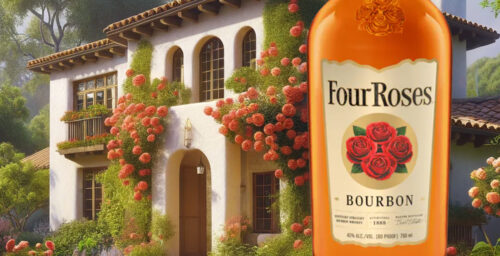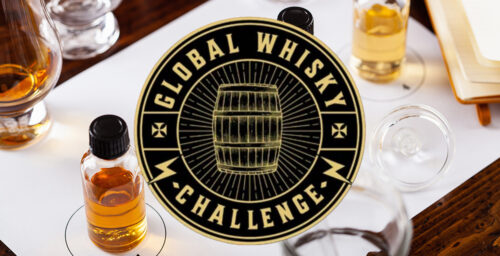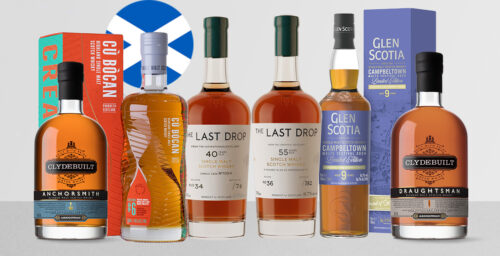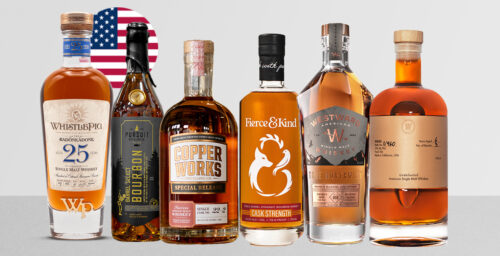If you give whiskey historian Michael Veach a bottle of whiskey as a gift, you can expect he’ll drink it—out of kind obligation no less. Veach says whiskey is made to be drunk, not shelved for show.
Even if it’s LeNell’s Red Hook Rye 24-year-old.
Yeah, that private-labeled bottle. Just like the one that sold for $43,750 at auction recently in New York City. As one of more than 850 bottles born of the four barrels picked by Tonya LeNell, owner of the now-defunct LeNell’s Wine & Spirits Boutique in Brooklyn, its winning bid made it the highest-ever auction price for a single bottle of rye whiskey.
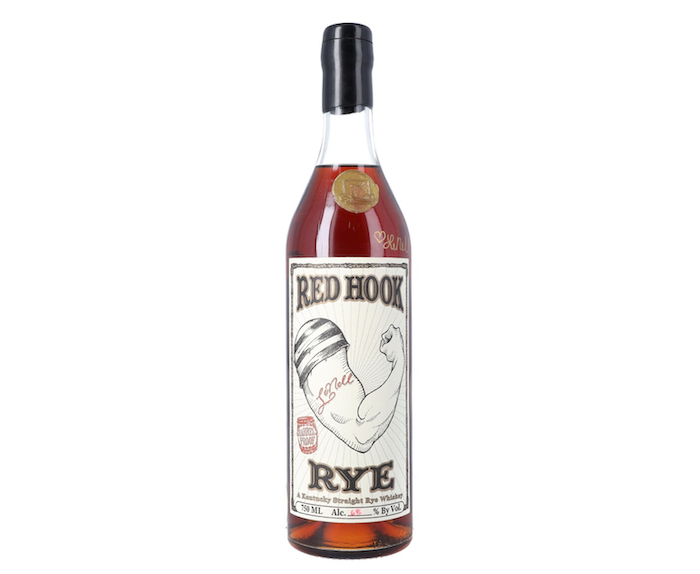
LeNell recruited Veach, a bourbon collector named John Lippman, and a couple of others to help pick barrels on that 2007 trip to Kentucky Bourbon Distillers, parent company of Willett Distillery. For years, owner Even Kulsveen had skillfully bought exceptionally old American whiskey stocks and blended and bottled them under Willett’s Family Estate brand and others. LeNell knew well of Kulsveen’s work and wanted a rye.
“She wanted it because rye was the whiskey of New York, and she owned a store in Brooklyn’s Red Hook neighborhood at that time,” Veach recalled. “Back then, since there was so much whiskey around, they were thankful to sell it to her. No one would buy rye back then.”
Veach said the barrels were distilled in 1984 at Schenley’s Bernheim distillery in Louisville, and that those barrels were from a consolidated lot of Cream of Kentucky Rye.
“Consolidation is a long-time practice in the industry that’s used primarily to save space,” Veach began. “Let’s say you had 100 barrels of 15-year-old whiskey, which would mean they were about 40 percent full. Those barrels were dumped, and then refilled with the same whiskey. But instead of 100 barrels, you now had 40, and you freed up room in the warehouse.”
You also had barrels full of mingled whiskey, which could often benefit the flavor.
“Back then, though, I’m not sure if Schenley ever looked at that possibility or not,” Veach joked.
Roughly five years later, United Distillers would buy the Bernheim site, construct a new distillery and start it in 1992. Only seven years would pass before U.D. sold the site to Heaven Hill, which still operates it today.
Back to LeNell’s barrel picks …
Of those they sampled, all were 24 years old, and two were chosen for bottling.
“Oh, we thought it was some damn good whiskey,” said Veach, adding that the group returned for a third barrel one year later. A fourth barrel followed, but Veach wasn’t involved in that pick. According to a story on SpiritsBusiness.com, the auction’s record-breaking bottle was from Barrel #4. “We knew what we were looking for—barrels that, though old, didn’t taste like you were chewing on a barrel stave.”
Like many historians who aren’t prone to histrionics, Veach said the pick wasn’t momentous. Rather, it was much like most others, “Not a complicated deal. We were there to pick the best whiskey we could for her store, and we did. It was as simple as that.”
Years would pass before LeNell’s bottles became legendary, yet as its secondary prices soared, their values didn’t excite Veach. Not only were his bottles empty, he wouldn’t have sold them anyway. They were personal gifts.
“Sure, I wish I still had some of those bottles, but whiskey is for drinking,” he said. “I have no regrets about having finished them. They were bottles signed by LeNell and given to me to drink. I did exactly what she wanted me to. I have the empty bottles on my shelf to remind me of that.”
Really, no regrets after seeing that nigh $44,000 price tag?
Veach sighed.
“That’s more proof that there are a lot of people who are stupid about it all, if you ask me,” he said. “Some people out there have more money than sense.”
Most important to Veach were two lessons taken from the experience:
- “It goes to show that when you’re picking single barrels, a lot of it depends on who’s tasting them. We knew what we were looking for and got it.”
- Even Kulsveen’s sourcing and blending skills were superb. “He had access to barrels from every distillery because all of them wanted to sell that old whiskey. He wasn’t just picking single barrels. What he’d do is blend say, 30 barrels from Brown-Forman, 30 barrels from Heaven Hill, 20 barrels from Four Roses and 20 more from Bernheim to create his own flavor profiles for his brands. He is an amazing blender.”

